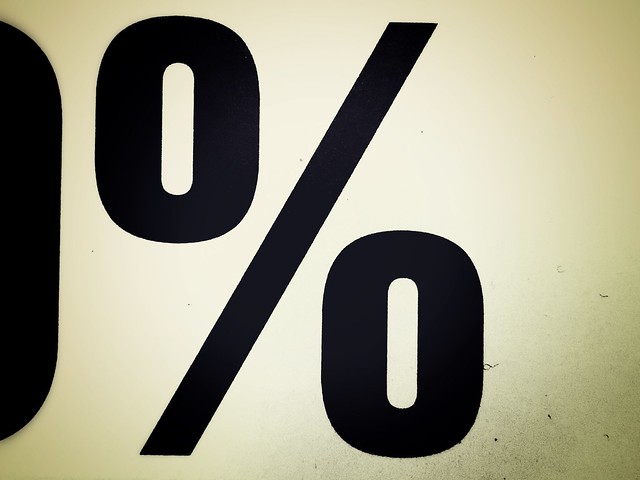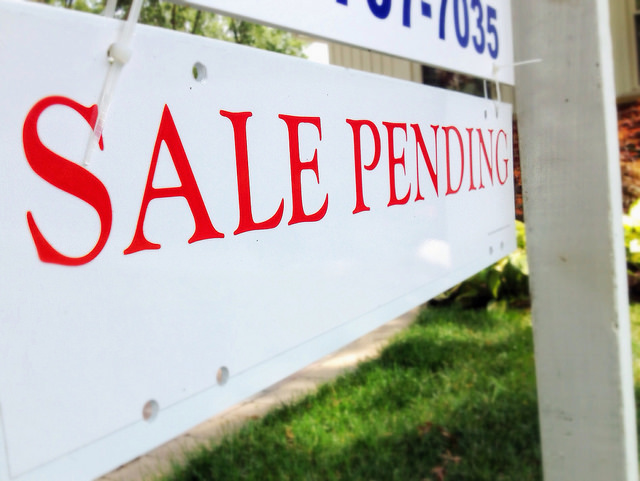Each month, the National Association of Home Builders conducts a survey to gauge how confident builders are in the market for new homes. Their answers are then scored on a scale where any number above 50 indicates more of them view conditions as good than poor. In April, the NAHB’s Housing Market Index scored an 83. The results are an indication that builders are optimistic in the market, despite ongoing supply-side challenges like the skyrocketing price of lumber. Robert Dietz, NAHB’s chief economist, said the reason is the amount of interest they’re seeing from buyers. “While mortgage interest rates have trended higher since February and home prices continue to outstrip inflation, housing demand appears to be unwavering for now as buyer traffic reached its highest level since November,†Dietz said. But while good for builders, elevated buyer demand also puts a lot of pressure on the pace of construction. After all, home building is the quickest way to add inventory to the market and, right now, the supply of homes available for sale is low. That means, the pace of construction has a lot to do with how fast prices rise and how much buyer competition there is this summer. (source)













